Aluminium Nitrate
- Aluminum Nitrate Definition
- Aluminum Nitrate Formula
- Aluminum Nitrate Preparation
- Aluminum Nitrate Structure
- Synonyms
- Aluminium Nitrate Physical Properties
- Solubility in Water
- Solubility in Methanol
- Solubility in Ethanol
- Solubility in Ethylene Glycol
- Refractive Index
- Hydrolysis
- Aluminum Nitrate Uses
- Specific Gravity
- Flash Point
- Aluminum Nitrate MSDS
- Fire Hazards
- Fire Safety Precautions
- Protective Equipments
- Health Complications
- First Aid
Aluminum Nitrate Definition
It is a salt of Aluminum and Nitric acid. It appears as a white, crystalline solid or powder. It appears as a solid at STP (Standard Temperature and Pressure).
Aluminum Nitrate Formula
Formula of this compound is Al(NO3)3.
Aluminum Nitrate Preparation
Adding Aluminum to Nitric acid does not easily lead to the formation of Aluminum Nitrate as Aluminum forms a passivation layer.
It can be made by adding Nitric acid to Aluminium Trichloride. Nitrosyl Chloride as a by-product is generated that oozes out of the solution as a gas.
Aluminum Nitrate nonahydrate can also be produced by mixing solutions of Lead Nitrate with Aluminum Sulfate. Insoluble Lead Sulfate precipitates out of the solution leaving Aluminum Nitrate solution.
Aluminum Nitrate Structure
The CAS No. of this compound is 13473-90-0. For nonahydrate, it is 7784-27-2. It has the following molecular structure diagrammatically:
Synonyms
This chemical is also known by other names such as:
- Aluminum Nitrate nonahydrate
- Aluminum Trinitrate nonahydrate
- 7784-27-2
- Aluminum (III) Nitrate
- Nonahydrate (1:3:9)
- Nitric Acid
- Aluminum Salt
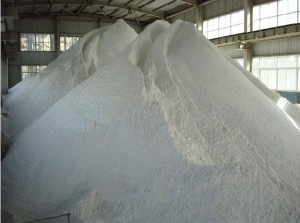
Picture 1 – Aluminium Nitrate
Source – ecvv.com
Aluminium Nitrate Physical Properties
- Molar Mass : The molar mass of this compound is 212.996 g/mol for anhydrous and 375.134 g/mol for nonahydrate.
- Density : Its density is 1.401 g/cm3.
- Melting Point : Its melting point is 72.8°C (163° F) for nonahydrate.
- Boiling Point : The boiling point of this compound is 135°C (275°F) for nonahydrate.
- Solubility : Know about the solubility of this substance in various liquids.
- Odor : It is odorless.
- Molecular Weight : Its molecular weight is 375.13.
Solubility in Water
For anhydrous, it is 60.0 g/100 mL at 0°C, 73.4 g/100 mL at 20 °C and 160 g/100 mL at 100 °C. For nonahydrate, it is 67.3 g/100 mL.
Solubility in Methanol
It is 14.45 g/100mL.
Solubility in Ethanol
The solubility of this compound in Ethanol is 8.63 g/100mL.
Solubility in Ethylene Glycol
Its solubility in Ethylene Glycol is 18.32 g/100mL.
Refractive Index
Refractive index of this substance is 1.54 (nD).
Hydrolysis
Salts of strong acids and weak bases dissociate and react in water forming H+. When Aluminum Nitrate is dissolved in water, the salt first dissociates in water:
Next, reaction of at least one of the ions with water will take place. Nitric acid being a strong acid, Nitrite ion will not accept an H+ ion from water. The Aluminum ion, instead, will react with water releasing a Hydrogen ion:
The final solution would be acidic with an ionic equation:
The solution is acidic because Nitric acid is a strong acid while Aluminum is a weak base.
Aluminum Nitrate Uses
This compound has a number of important industrial uses which can be summarized as follows:
- This compound is used as a powerful oxidizing agent.
- It is used in Uranium extraction.
- It is used as a nitrating agent.
- It is used as antiperspirants.
- It is used as corrosion inhibitors.
- It is used chiefly as a mordant in dyeing cotton.
- This chemical is used in petroleum refining.
- It is used in the classroom laboratory for demonstrating vivid reactions.
The nonahydrate and other hydrated Aluminum Nitrates salts have many applications that can be summarized as follows:
- These salts are used to produce alumina for manufacture of insulating papers.
- They are also used in cathode ray tube heating elements.
- They are used on transformer core laminates.
- The salts are also used for the extraction of actinide elements.
Specific Gravity
The specific gravity of this compound is >1 at 68.0 ° F.
Flash Point
It is 135°C for nonahydrate.
Aluminum Nitrate MSDS
It is nonflammable but can accelerate the burning of flammable substances. Exposure to fire or heat for a long duration may lead to an explosion. Fires that involve this substance generate oxides of nitrogen.
It is not a regulated chemical. It is a strong oxidizing agent. Mixtures with Alkyl esters might explode. Mixtures with Phosphorus, Tin (II) Chloride or other reducing agents may also lead to explosion. It is soluble in water. Its aqueous solutions are acidic.
Fire Hazards
On combustion, the substance may produce toxic oxides of nitrogen. The intensity of fire produced by this material may increase when it is in contact with combustible products. In case of fire, water should be sprayed to control the flames. All affected containers should be flushed with gushes of water. Water should be sprayed, though from as far a distance as possible.
Fire Safety Precautions
This substance should be stored away from water sources and sewers. Sparks, flames and other sources of ignition should be kept away.
Protective Equipments
People handling this substance should wear appropriate goggles and face shield. Dust respirators and rubber gloves should also be used.
Health Complications
Ingestion of this substance in large doses can lead to
- Nausea
- Vomiting
- Gastric irritation
- Purging
Contact with its dust may cause irritation to eyes and skin.
First Aid
On exposure of eyes to this substance, an affected person should flush eyes with plenty of water for at least 15 minutes. In case of a skin exposure, the surface of the affected area should be flushed with enough water and washed with a light soap.
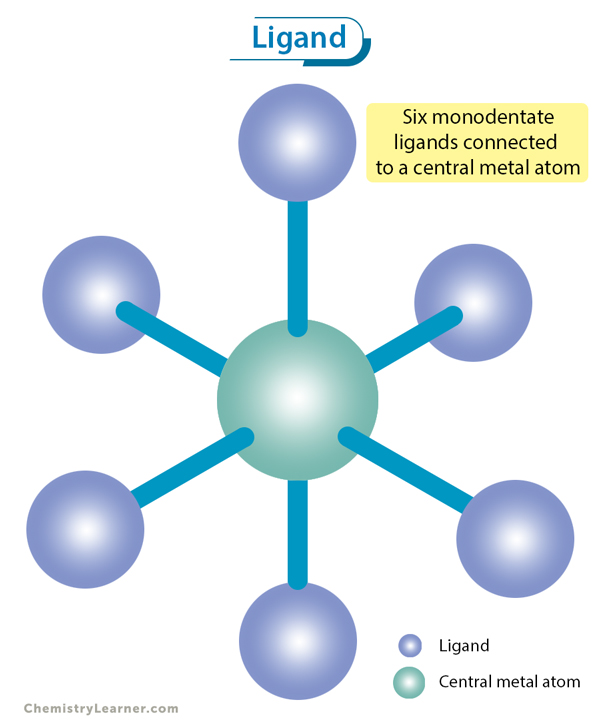
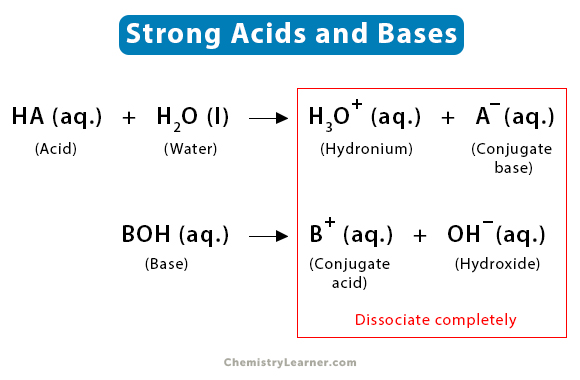
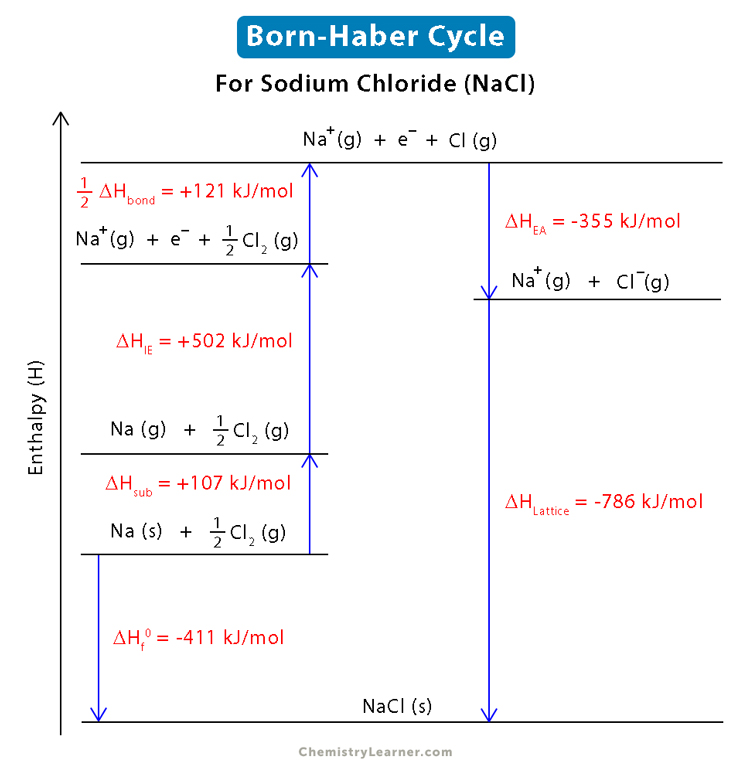
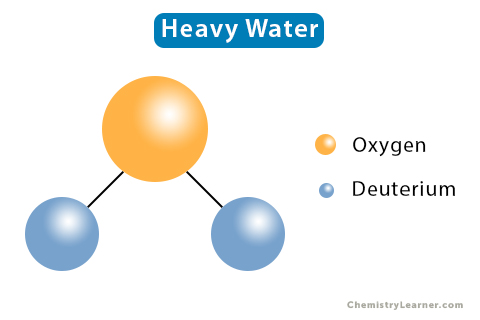
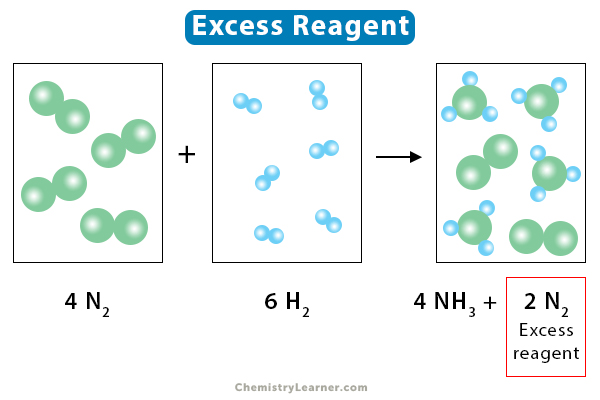
you give Solubility values in Methanol, Ethanol and Ethylene Glycol but you did not post the temps. for those substances! Why is that?
What are the productions when alominum nitrate is termaly decomposed?
The thermal decomposition of aluminium nitrate produces aluminum oxide, nitrogen dioxide, and oxygen